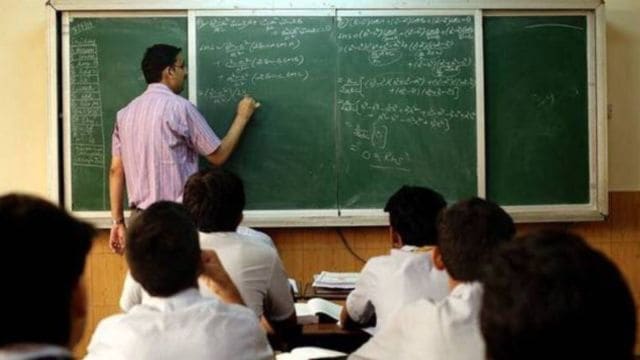29 Jan 2025 Indian Express Editorial
What to Read in Indian Express Editorial( Topic and Syllabus wise)
Editorial 1 : A Recovery, and More
Context: ASER report brings good news that classrooms have recovered post Covid.
Introduction: Data from ASER 2024 helps track the progress of foundational literacy and numeracy (FLN) skills across the country. The report shows more than a full recovery from the post-pandemic learning losses.
Reading Trends from the Report
- Class III: The proportion of children in Class III who are able to read at the Class-II level, had risen slowly from 23.6% in 2014 to 27.3% in 2018 and then fell drastically to 20.5% in 2022.
- Now we have a full recovery with the proportion of Class III children reading fluently at 27.1%.
- Class V: The proportion of children in Class III who are able to read a Class-II text had risen from 48% in 2014 to 50.5% in 2018, then falling to 42.8% in 2022, and finally recovering to 48.8% in 2024.
Arithmetic Trends from the Report
- Class III: The proportion of children in Class III able to do at least subtraction rose from 25.4% in 2014 to 28.2% in 2018 and then fell to 25.9% in 2022. In 2024, this proportion stands at 33.7%.
- Class V: The proportion of children in Class V able to do at least division stands at 30.7% in 2024.
Government Schools Driving the Recovery
- Historical Context: Government schools have traditionally lagged behind private schools in learning outcomes.
- Post-Pandemic Recovery
- Government schools have shown remarkable improvement in both literacy and numeracy.
- Private schools have not yet recovered to pre-pandemic levels.
- Example: In Class III, government schools saw a 36.6% increase in subtraction skills (20.2% to 27.6%), compared to a 10.2% increase in private schools.
Factors Behind the Improvement
- National Education Policy (NEP) 2020
- Emphasis on foundational skills (FLN) as a national priority.
- Systemic push to improve learning outcomes across states.
- State-Level Efforts
- Low-performing states like Uttar Pradesh, Bihar, Madhya Pradesh, and Tamil Nadu have shown significant progress.
- High-performing states like Himachal Pradesh and Maharashtra have also recovered from pandemic losses.
Case Study: Uttar Pradesh
- In 2014, only 6% of government school Class III children could read a Class II level text.
- There was steady improvement in the next four years — in 2018, 12.3% of children in government schools could read a Class II level text.
- UP was one of the few states not to post a learning loss for Class III in 2022, with the proportion rising to 16.4%.
- In 2024, the proportion of government school children in Class III who are able to read at Class II level is 27.9%.
- UP government schools have achieved their highest learning levels in 20 years, both in literacy and numeracy. It signals a serious focus on improving FLN abilities.
Broader Implications
- National Mission: For the first time, India is united in improving FLN skills among primary school children.
- Diverse Approaches: States are adopting varied strategies to meet NEP 2020 goals, reflecting India’s diversity.
- Beyond Recovery: The improvements signify more than just a recovery; they indicate a systemic shift towards prioritizing foundational learning.
Conclusion: ASER 2024 demonstrates a strong recovery in FLN skills, driven by government schools and supported by NEP 2020. Continued emphasis on foundational skills and state-level innovations will be key to achieving long-term educational goals.


